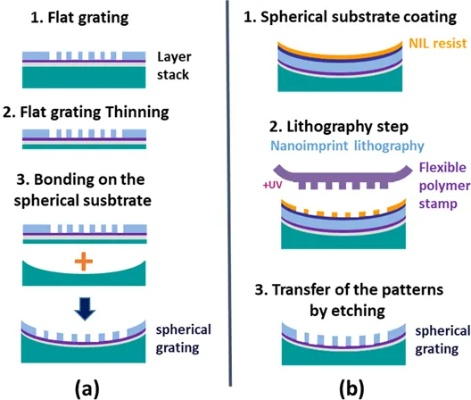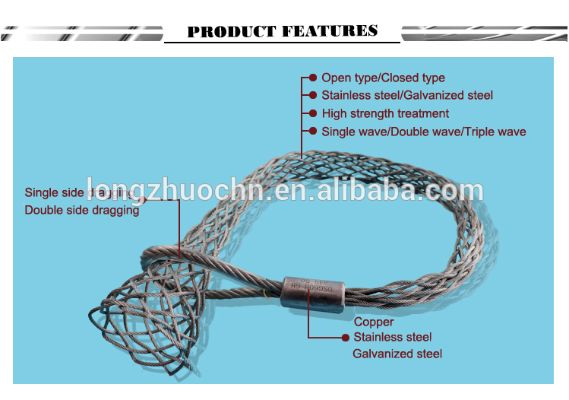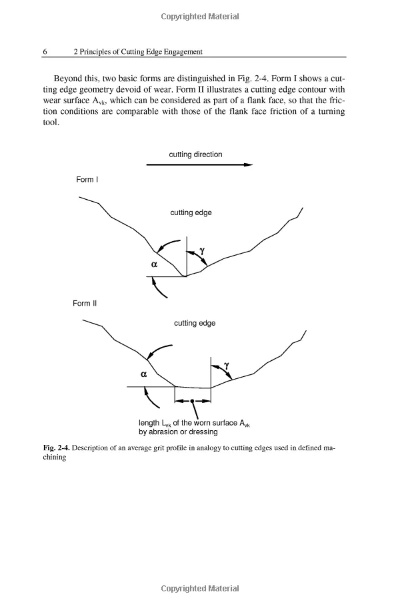Understanding and Managing Textile Spinning Fibers Twist Length Allowance
This article discusses the importance of understanding and managing textile spinning fibers twist length allowance. It explains how this factor affects the quality of the spun material, and how it can be controlled to ensure consistent results. The author also provides tips on how to measure and adjust the twist length allowance for different types of fibers and fabrics. Overall, this article aims to help textile spinners understand the significance of this parameter and how it can impact their production process.
Introduction: Textile industry is a crucial sector that produces various materials for clothing, home furnishings, and industrial use. The quality of these materials is often determined by the properties of the fibers produced through the process of spinning. One critical property that affects the performance of textiles is the twist length, which refers to the number of turns or coils in a single thread. In this guide, we will explore the allowable error range for the twist length in textile production, including its impact on the final product's quality and how it can be measured and controlled.
Twist Length Measurement Techniques: The measurement of the twist length is essential for ensuring consistent quality in textile products. Common techniques used include manual counting, automated counting, and computerized systems. Each method has its own advantages and limitations, but all aim to provide an accurate representation of the number of turns per unit length of the yarn.
Manual Counting: This traditional method involves visually inspecting the yarn and counting the number of complete loops (turns) visible at a glance. It is labor-intensive and subject to human error, making it less suitable for high-volume production. However, it remains popular in small-scale operations where consistency is paramount.
Automated Counting: With advancements in technology, automated counting systems have become increasingly common in modern manufacturing processes. These systems use sensors to detect the presence of yarn loops and calculate their number automatically. They offer higher accuracy and repeatability, making them ideal for large-scale production.

Computerized Systems: Advanced computerized systems are capable of analyzing multiple parameters simultaneously, including the twist length. They use sophisticated algorithms to determine the exact number of turns per unit length, providing a more precise measurement than manual or automated methods. These systems are particularly useful in high-volume production environments where consistent quality is critical.
Allowable Error Range: The allowable error range for the twist length is crucial for maintaining the overall quality of the textile product. Typically, manufacturers specify a range within which the twist length must fall to meet specific standards or specifications. For example, a standard polyester yarn might have a twist length allowable error range of ±10% from the nominal value, meaning that the actual number of turns per unit length could vary between 90 turns and 110 turns.
Impact of Twist Length on Quality: The twist length directly influences the strength, flexibility, and durability of the textile material. Variations in the twist length can lead to variations in these properties, potentially affecting the overall performance of the product. Therefore, it is important to ensure that the twist length is within the allowable error range to maintain consistent quality.
Example: Consider a case study involving a textile company that produced a line of shirts using polyester yarn with a specified twist length allowable error range of ±10%. The company used automated counting systems to measure the yarn's twist length and ensured that the actual number of turns per unit length fell within this range. As a result, the shirts produced met the company's quality standards, providing customers with a comfortable and durable garment.
Conclusion: In conclusion, understanding and managing the twist length allowable error range in textile production is crucial for ensuring consistent quality and meeting customer expectations. By employing appropriate measuring techniques and monitoring the twist length closely, textile manufacturers can produce high-quality products that meet their standards and exceed customer satisfaction.
在纺织品的生产过程中,捻度控制是一个关键环节,为了确保纺织品的质量和性能,必须严格遵守纺织品捻度允许误差范围,本文将详细介绍这个范围以及相关的案例分析。

纺织品捻度允许误差范围
定义与背景
纺织品捻度是指纺织纤维在加工过程中的扭曲程度,其允许误差范围是根据纺织品的性能、用途以及生产工艺等因素综合确定的,捻度误差范围应控制在一定的范围内,以保证纺织品在使用过程中具有良好的性能和稳定性。
允许误差范围
根据行业标准或相关法规,纺织品捻度允许误差范围通常为±XX%,这意味着,在生产过程中,捻度的波动应控制在一定范围内,以保证纺织品的质量和性能。
案例分析
某品牌纺织品生产过程案例

某品牌在纺织品生产过程中,采用了先进的生产工艺和技术,严格控制了捻度,在生产过程中,采用了精确的测量仪器和控制系统,确保了捻度的稳定性和准确性,该品牌还建立了严格的质量控制体系,对每一批次的纺织品进行严格检测,确保产品质量符合要求,该品牌生产的纺织品质量稳定,受到了广大消费者的好评。
纺织品捻度误差对性能的影响
在某些情况下,纺织品捻度的误差可能会对纺织品的使用性能产生影响,某些高弹性的纺织品如果捻度过大或过小,可能会导致纺织品在使用过程中出现变形、松弛等问题,在纺织品的生产过程中,必须严格控制捻度误差,以保证纺织品的性能和质量。
英文表格补充说明
以下是纺织品捻度允许误差范围的英文表格补充说明:
| 项目 | 数值 | 单位 |
|---|---|---|
| 允许误差范围 | ±XX% | |
| 背景说明 | 根据行业标准或相关法规确定 | 根据国家纺织行业标准规定 |
| 应用领域 | 各种纺织产品 | 如服装、家纺等 |
| 生产过程控制 | 采用精确的测量仪器和控制系统 | 以保障捻度的稳定性和准确性 |
| 质量检测标准 | 建立严格的质量控制体系,对每一批次进行严格检测 | 以确保产品质量符合要求 |
纺织品捻度是纺织产品质量的重要指标之一,为了确保纺织品的质量和性能,必须严格遵守纺织品捻度允许误差范围,在实际生产过程中,必须采取有效的控制措施,如采用精确的测量仪器和控制系统、建立严格的质量控制体系等,以确保纺织品的捻度符合要求,在实际应用中,还需要根据具体情况进行具体分析,采取相应的措施。
Articles related to the knowledge points of this article:
Exploring the World of Textiles:A Glossary of Different Fabric Materials



